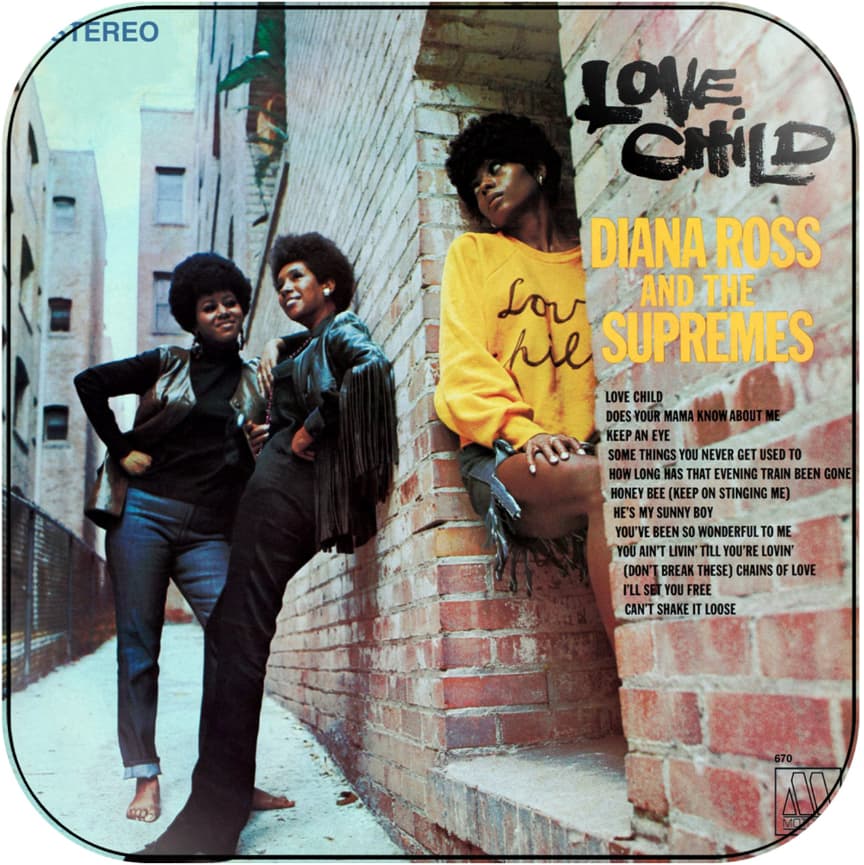
Diana Ross & The Supremes: “Love Child” – A Bold Step into Social Commentary
The late 1960s were a time of profound social change, and the world of music was not immune. Amidst the flower power and psychedelic sounds, a Motown group known for their polished image and catchy tunes dared to venture into uncharted territory. That group was Diana Ross & The Supremes, and the song that marked this pivotal shift was “Love Child”. Released in 1968, this track wasn’t just another pop song; it was a stark, unflinching look at the realities of out-of-wedlock pregnancy and the societal stigma attached to it.
Up until this point, The Supremes had largely built their success on songs of romance, heartbreak, and the joys of young love. Their image was carefully curated, projecting an air of elegance and sophistication. “Love Child”, however, shattered this carefully constructed façade. The song’s lyrics tell the story of a young woman born out of wedlock, facing judgment and hardship due to circumstances beyond her control. Lines like “My mother cried when she had me / Tried to hide me from the world” painted a vivid picture of the shame and isolation experienced by many in similar situations. This raw honesty was a stark departure from the typical Motown fare, and it resonated deeply with audiences.
The musical arrangement of “Love Child” further underscored the song’s serious message. Gone were the light, airy melodies of earlier hits like “Baby Love” or “Stop! In the Name of Love”. In their place was a more urgent, soulful sound, driven by a powerful bassline and dramatic instrumentation. This sonic shift perfectly complemented the song’s weighty subject matter, creating a listening experience that was both compelling and emotionally resonant.
“Love Child” wasn’t just a critical success; it was a commercial triumph as well. The song soared to the top of the Billboard Hot 100 chart, becoming The Supremes’ eleventh number-one single in the United States. This chart-topping success demonstrated that audiences were not only willing to embrace a song with such a controversial theme but were actively connecting with its message. It sold 500,000 copies in its first week and 2 million copies by the end of the year. The song also reached #2 on the R&B Charts. Its impact was such that Cash Box magazine noted how Diana Ross “clicks with a contemporary narrative message which (accompanied by up-tempo beat and pop arrangements) open up a new top forty image for1 the act.”
The release of “Love Child” marked a significant turning point in the career of Diana Ross & The Supremes. It signaled their evolution from a purveyor of lighthearted pop to a group willing to tackle complex social issues. The song’s success paved the way for other artists to explore more mature and challenging themes in their music, solidifying “Love Child’s” place as a landmark recording in the history of popular music. It remains a powerful testament to the ability of music to not only entertain but also to provoke thought, spark conversation, and ultimately, contribute to social change.